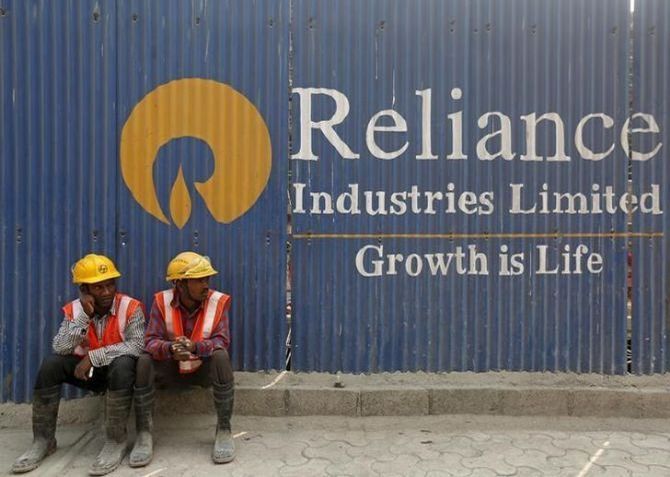Reliance Industries Limited (RIL) has been one of the top performing companies in the large cap space under the chairmanship of Mukesh Ambani and has beaten the broader market both in terms of earnings growth and shareholder returns.

In the last 20 years, RIL’s net profit has grown at a compound annual growth rate (CAGR) of 15.7 per cent while its net sales have grown at a CAGR of 15.1 per cent.
RIL’s net profit at consolidated level has jumped 18.5 times in the last two decades growing from Rs 3280 crore in FY02 to Rs 60,705 crore in FY22; its net sales grew 16.6 times from Rs 42,129 crore to Rs 6.99 trillion.
This is much faster than the earnings of Sensex companies.
The underlying earnings per share of the index that tracks the combined earnings of 30 companies (including RIL) that are part of Sensex is up 10.6 times in the last 20 years, growing at a CAGR of 13.2 per cent.
In this period, RIL’s share price has appreciated at a CAGR of 20.8 per cent and is up 43.5 per cent from Rs 61 at the end of March 2002 to Rs 2,634 at the end of March this year, adjusted for bonuses, rights and other equity issues.
In comparison, Sensex appreciated at an annualised rate of 15.2 per cent, growing from 3,469.4 at March-end, 2002, to close at 58,568.5 on March 31 this year.
However, RIL’s growth came at the cost of a steady decline in return on net worth or equity and return on capital employed.
This is because the company’s asset base, including net worth or shareholders’ equity, grew much faster than its earnings.
RIL’s RoNW declined from 13.2 per cent in FY02 to 9.2 per cent in FY22, while its return on capital employed declined from 14.3 to 9.4 per cent.
A decline in returns on assets forced RIL to retain most of its earnings to re-invest in the business rather than distribute to shareholders as equity dividend.
As a result, dividend pay-out by the company grew at a CAGR of 11.1 per cent in the last two decades while dividend pay-out ratio more than halved.
In FY22, RIL distributed 8.9 per cent of its consolidated net profit as equity dividend, down from 20.2 per cent in FY02.
In comparison, Sensex companies distributed 28.1 per cent of their combined earnings in FY22 as dividend.











